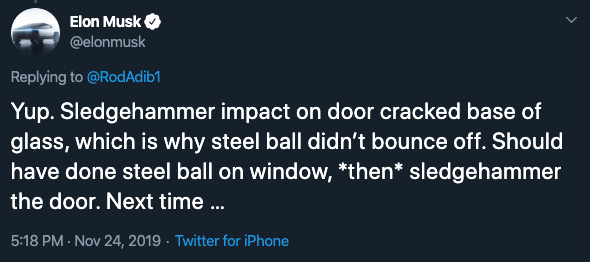Computer scientists agree that artificial intelligence will have a stunning impact on the future of humanity. And more often than not, futurists depict a dystopian outcome – a world where we are at best subservient to machines and at worst exterminated by them. Computer scientist Stuart Russell, one of the world’s top experts on AI and author of the recently published “Human Compatible: Artificial Intelligence and the Problem of Control,” will join us at TC Sessions: Robotics & AI (March 3 at UC Berkeley’s Zellerbach Hall) ), to discuss how researchers and founders today will determine AI’s ultimate impact.
At a time when the debate about AI seems to be polarized between the alarmists predicting the imminent “singularity” and those pooh-poohing the advent of human-level AI, Dr. Russell, a professor of computer science at UC Berkeley, cuts through the debate to argue that we still have time to ensure that the doomsayers are proven wrong. As Dr. Russell argues in “Human Compatible,” the key is to ensure that AI designs “will necessarily defer to humans: they will ask permission, they will accept correction, and they will allow themselves to be switched off.”
Dr. Russell believes that super human-level AI is likely a generation or two away, though he allows that unexpected breakthroughs – like Leo Szilard’s totally unexpected breakthrough on nuclear chain reactions in 1933 – could hasten the day. Regardless of the timeline, Dr. Russell argues that the current approach to AI is dangerous to the future of humanity. For his part, Dr. Russell is literally re-writing his textbook on AI to advance what he has described as a Jeeves-like humility in future AI systems and spurring related research through organizations like The Center for Human Compatible AI (CHAI).
Join our 4th annual TC Sessions: Robotics & AI on March 3 at UC Berkeley’s Zellerbach Hall for a remarkable day with the world’s top roboticists, investors, founders, and AI engineers. The day features a full day or programming lead by TechCrunch’s editors on the main stage, a pitch-off competition featuring early-stage startups, numerous breakout and speaker Q&A sessions, and much more.
Get your early bird pass here. Interested in sponsoring? Please get in touch.



